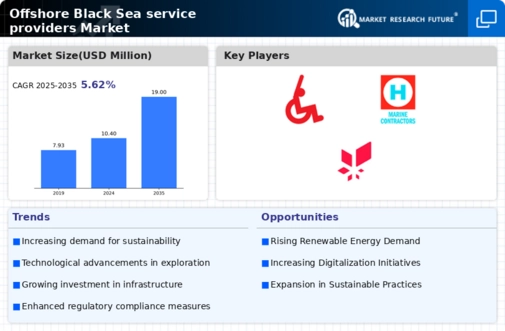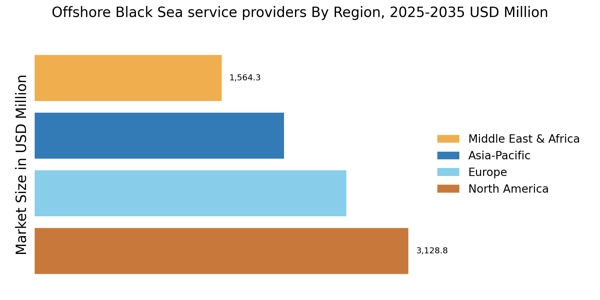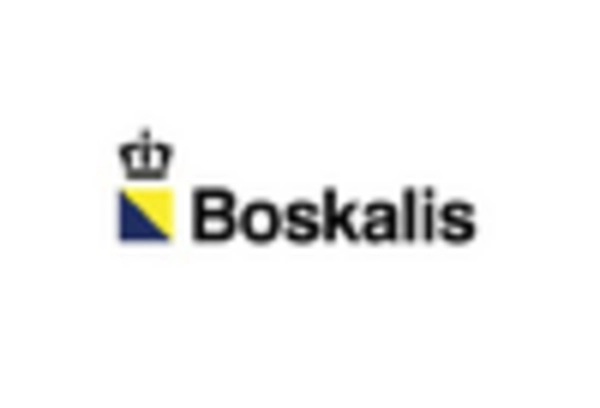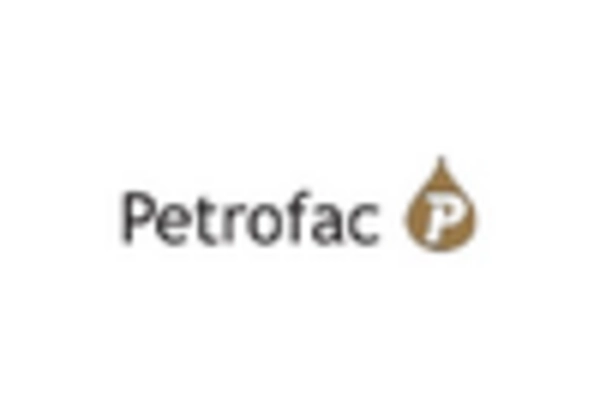Offshore Black Sea service providers Market Summary
As per Market Research Future analysis, the Offshore Black Sea service providers Market size was estimated at 10429.43 USD Million in 2024. The Offshore Black Sea service providers industry is projected to grow from 11015.56 USD Million in 2025 to 19031.29 USD Million by 2035, exhibiting a compound annual growth rate (CAGR) of 5.62% during the forecast period 2025 - 2035
Key Market Trends & Highlights
The Offshore Black Sea service providers Market is poised for growth driven by technological advancements and sustainability initiatives.
- Technological innovation is reshaping service delivery in the Offshore Black Sea sector, enhancing operational efficiency.
- Sustainability initiatives are increasingly influencing service providers, aligning with global environmental standards.
- Collaborative partnerships are emerging as a strategic approach to navigate the complexities of the market, particularly in North America and Asia-Pacific.
- The rising energy demand and regulatory framework enhancements are key drivers propelling growth in the supply vessels and maintenance & operations segments.
Market Size & Forecast
| 2024 Market Size | 10429.43 (USD Million) |
| 2035 Market Size | 19031.29 (USD Million) |
| CAGR (2025 - 2035) | 5.62% |
Major Players
Saipem (IT), TechnipFMC (GB), Subsea 7 (NO), Halliburton (US), Boskalis (NL), Petrofac (GB), KBR (US), McDermott (US), Seadrill (NO)


















Leave a Comment